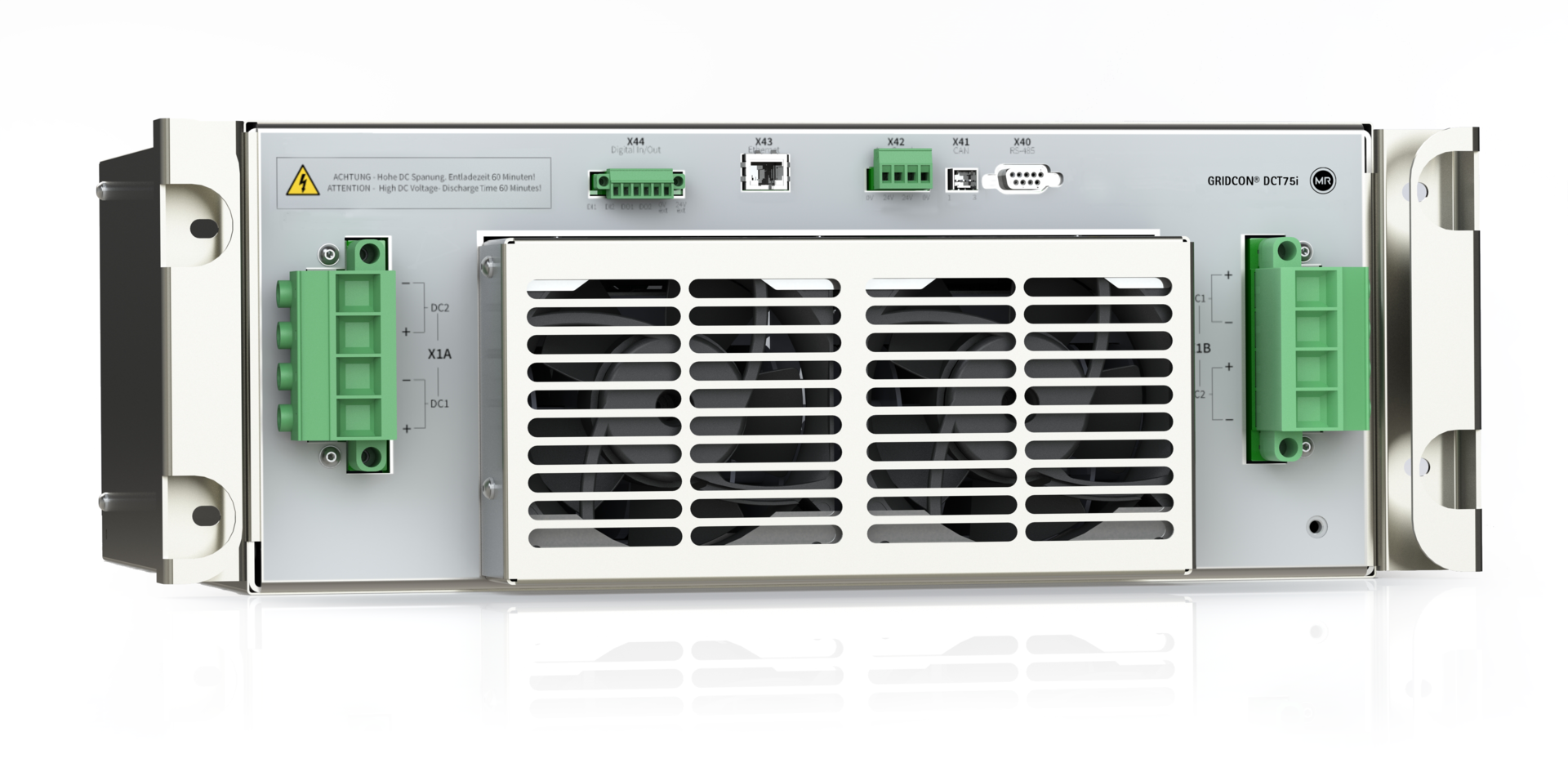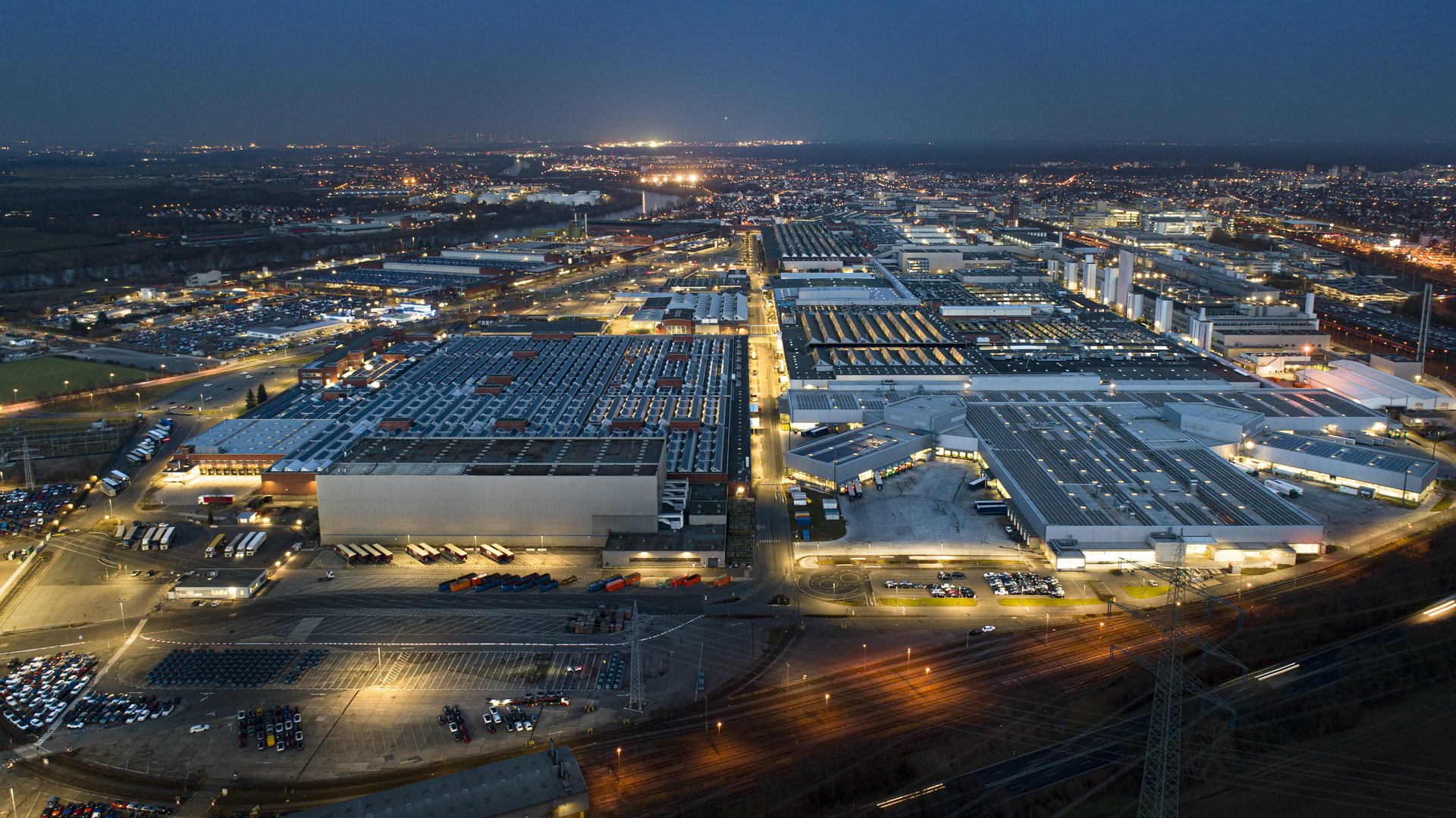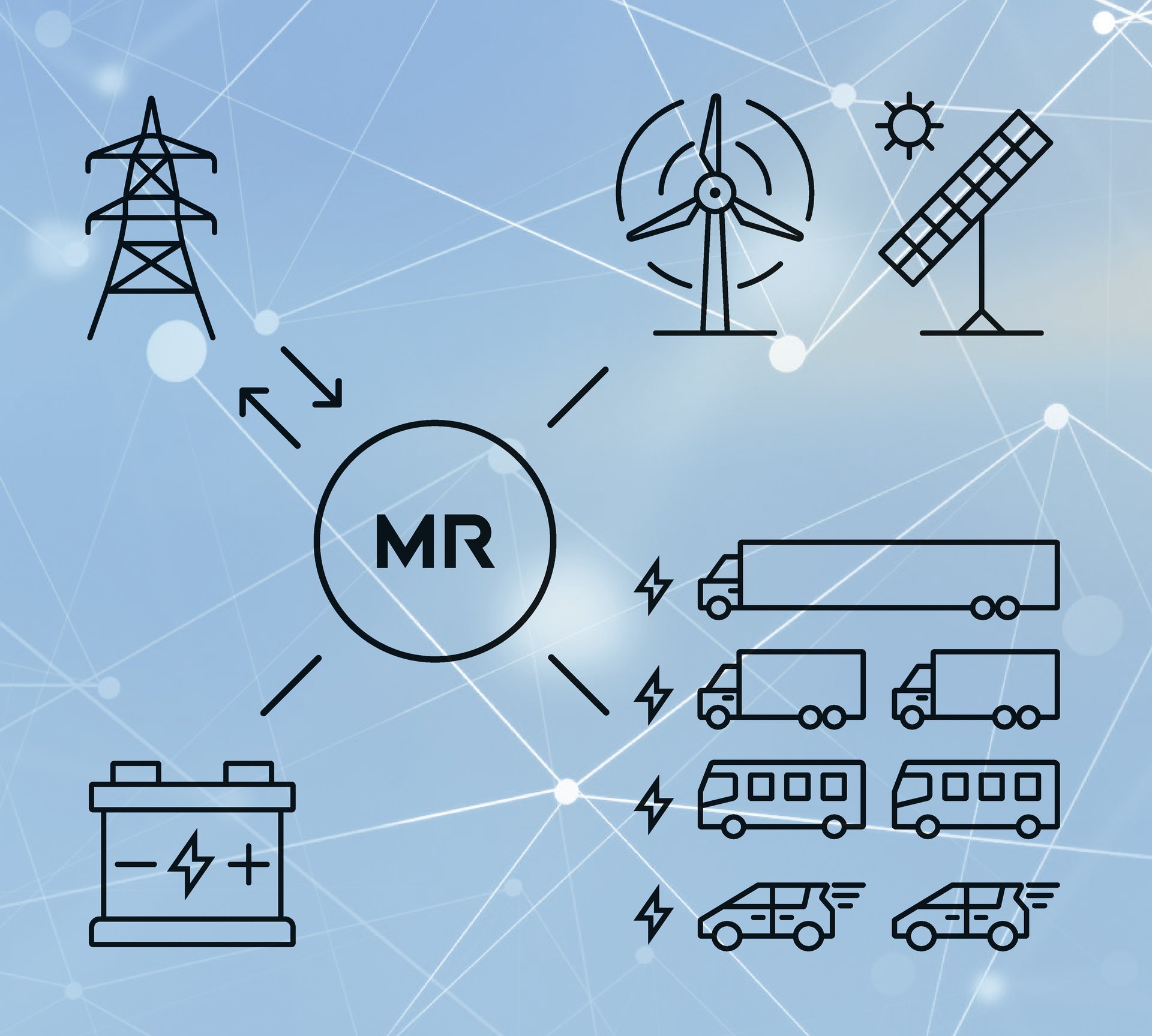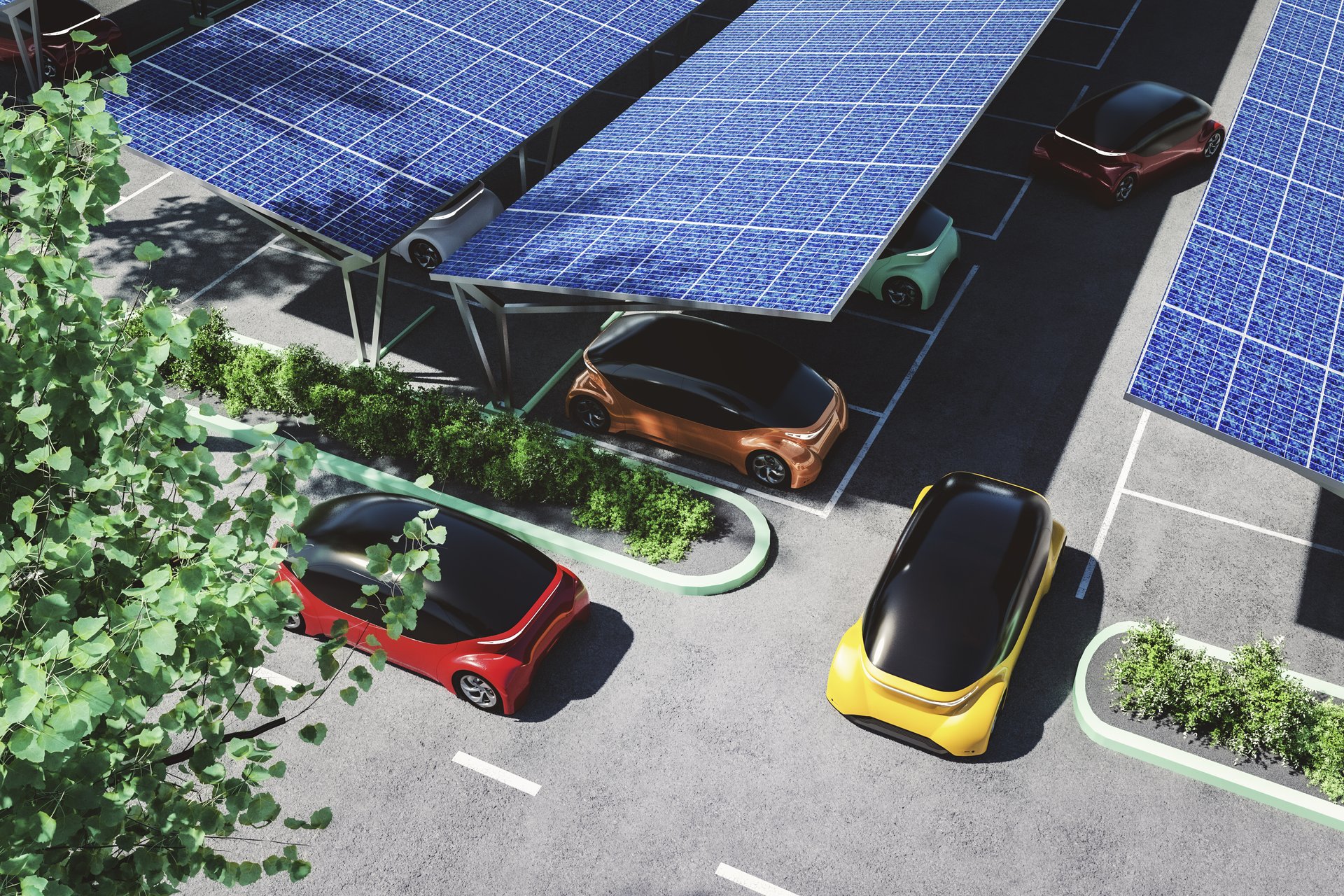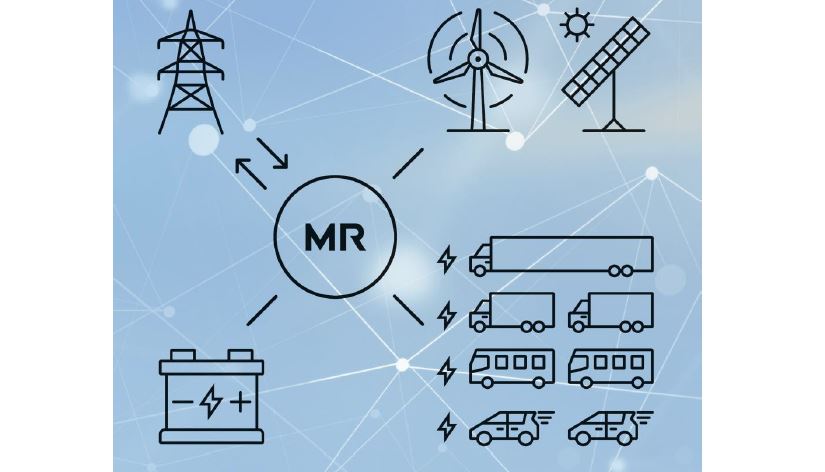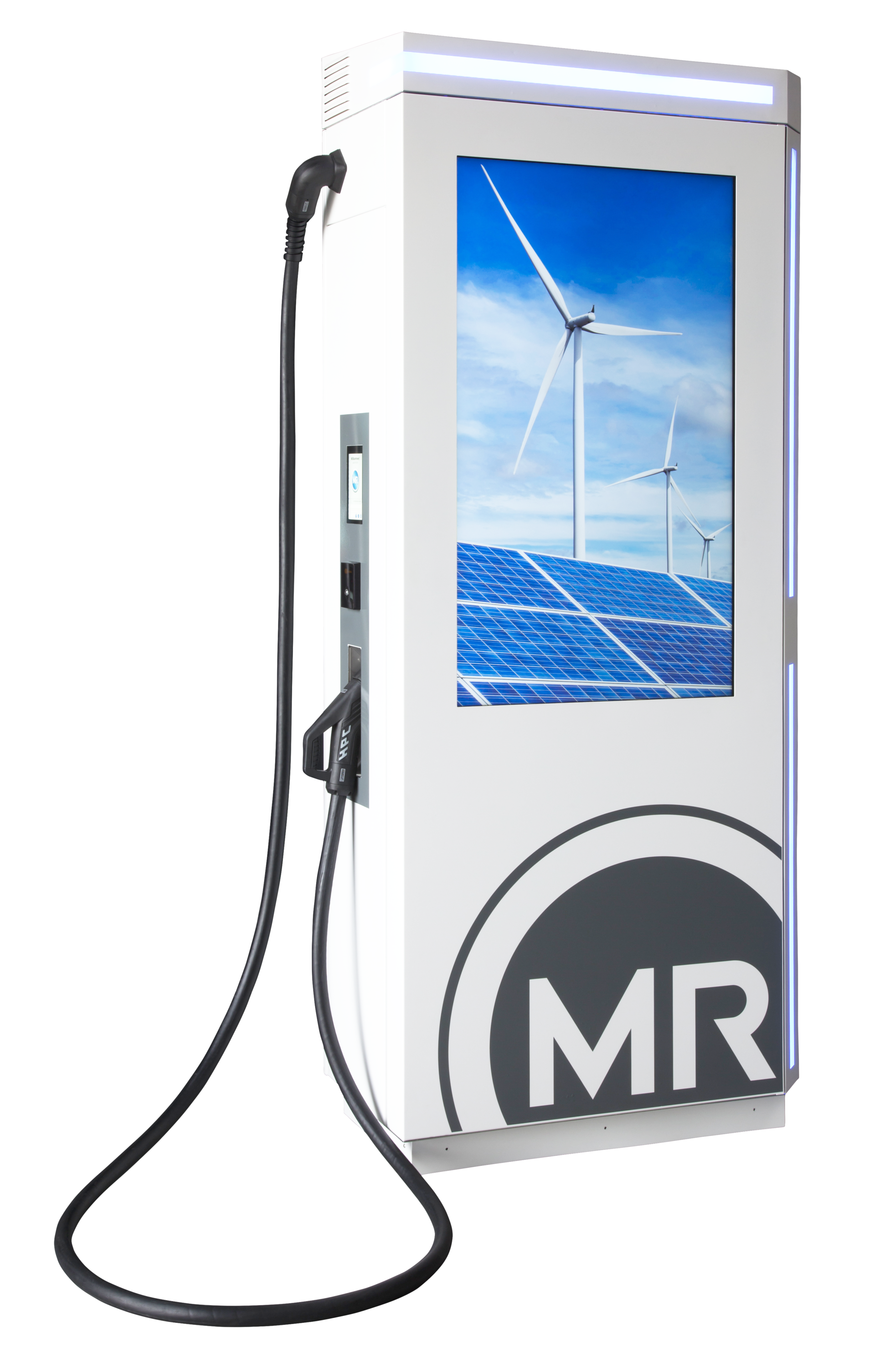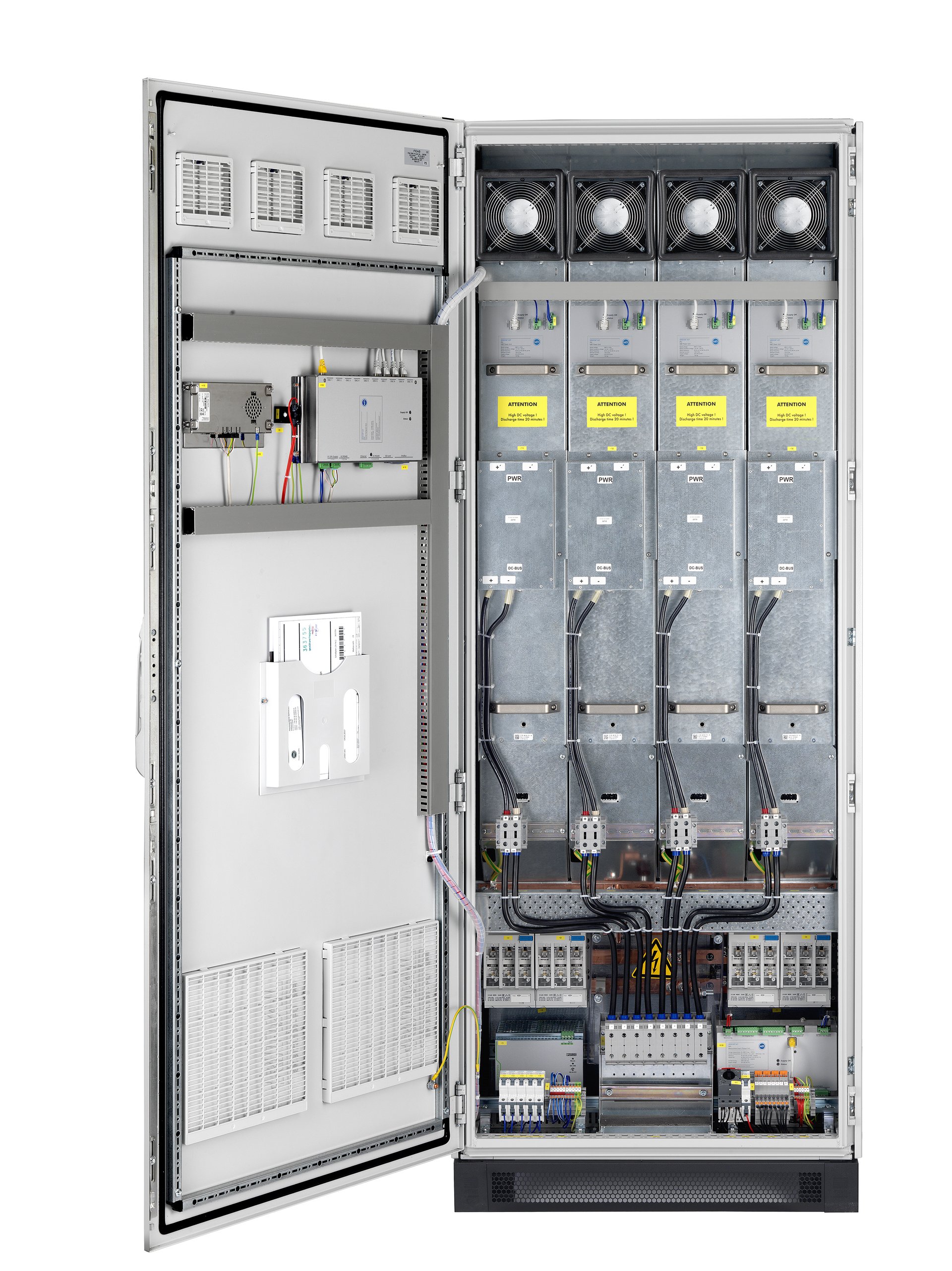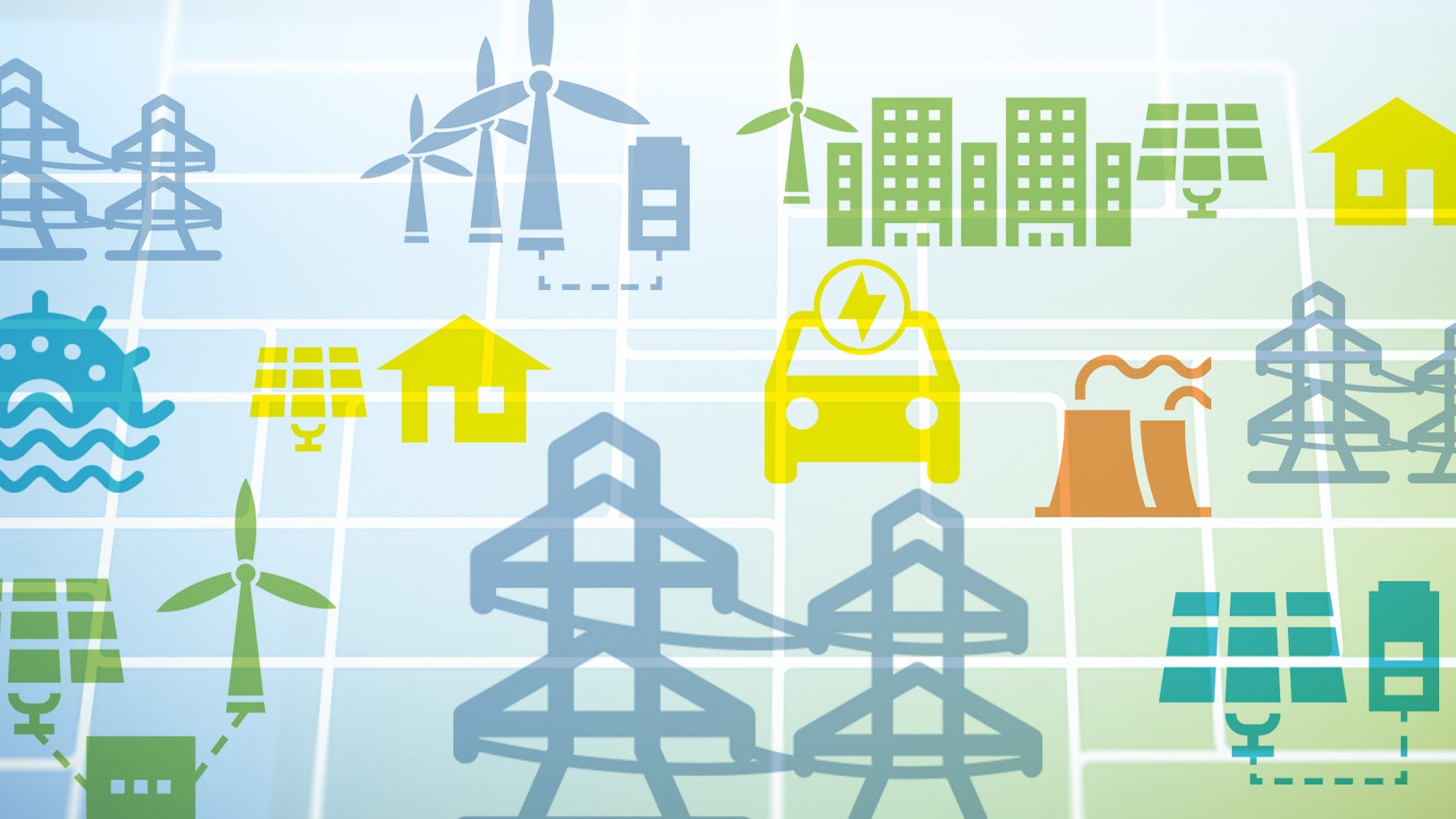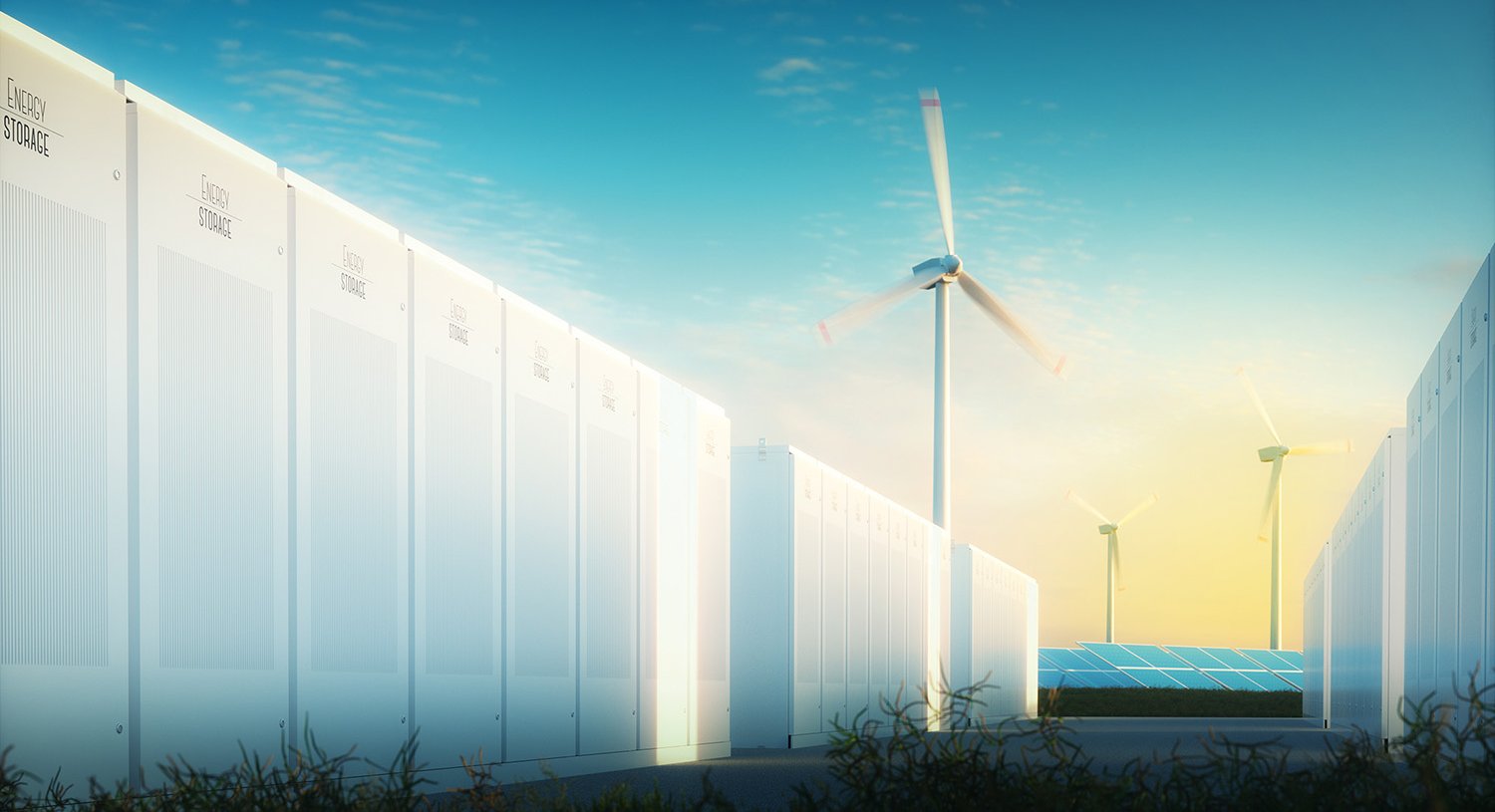GRIDCON® DC Transformer
First isolated DC/DC converter that behaves similarly to a regulated power transformer used for AC grid applications
DC networks offer various advantages over the classic supply with AC voltage. Electronic loads such as servers or frequency converters work with DC voltage anyway, so DC networks eliminate one step of conversion. Innovative DC solutions are therefore attracting interest in industry as well as in the IT and residential sectors. The GRIDCON® DC Transformer converts DC voltages of different levels and scores with efficiency, scalability and compact design. Applications can be found in the field of energy storage and charging infrastructure as well as highly automated factories.
Your Advantages at a Glance
-
Galvanically isolated DC//DC converter for bidirectional operation
-
Efficiency > 98,5% in typical operation
-
19 inch racks facilitate installation and extension
-
Modular system with 75 kW units
-
Flexible use for DC voltages between 200 V and 1500 V
Product Information
Select language
Select language
DC MICROGRIDS.
Local, self-supplied and sustainable energy systems
Local, self-supplied and sustainable energy systems
DC microgrids allow grid-independent power supply of districts, charging infrastructure, industry and much more, and can be a great benefit in areas with unpredictable supply constraints. They also allow local, sustainable energy sources, such as PV systems, to be directly coupled with decentralized energy storage systems. DC interconnection reduces conversion losses and increases the revenue from sustainably generated energy. The number of individual components required is reduced to a minimum and can be expanded as needed. In the event of a supply failure, the DC microgrid remains energized. In hybrid applications, bidirectional, controllable AC/DC power conversion additionally allows high self-consumption with a controllable load flow. Thus, the existing power grid is effectively relieved, grid expansion can be scheduled, and expansion targets can be achieved.
Benefits of DC microgrids:
- Independence and flexibility in grid expansion
- Efficient coupling of generation, storage and consumption
- Self-sufficient energy supply
INDUSTRIAL DC GRIDS.
Competitiveness through reliability and efficiency
Competitiveness through reliability and efficiency
The industrial energy supply must be particularly reliable, as even short power outages often cause high costs. At the same time, the focus is on high system efficiency, because the cost of electrical energy as well as the CO2 footprint are central factors for the competitiveness of products. Since many consumers in industrial networks operate internally with direct current, power supply from DC networks is less complex and at the same time more efficient than with conventional AC networks. By eliminating conversion steps, losses can be avoided, and space for converters can be saved. Furthermore, braking energy from industrial processes can easily be fed back into a DC grid and energy storage systems can be connected to a DC grid with low losses in order to increase the efficiency and reliability of supply for production.
Benefits of industrial DC grids:
- Reliable power supply
- Higher energy efficiency
- Smaller and less expensive components
SMART RENEWABLE CHARGING.
DC-connected charging infrastructure
DC-connected charging infrastructure
The rapid growth of electric vehicles requires scalable solutions for their charging infrastructure. Networking via a DC bus particularly offers advantages for charging large fleets such as buses or commercial vehicles in depots. A central DC voltage supply increases efficiency and enables the flexible integration of stationary energy storage systems. Cable routing is simplified, and the space required for charging points is reduced. In addition, all vehicles can be charged simultaneously and, using GRIDCON(R) DCT, energy can even be exchanged among the charging units with low losses, or fed back into the supply network.
Benefits of DC-connected charging infrastructure
- Higher system efficiency
- Less space needed for charging points
- Vehicle-to-grid (V2G)
PHOTOVOLTAIC TO VEHICLE – PV2V.
Bringing together the energy and transport transitions
Bringing together the energy and transport transitions
The higher the share of renewable energy in the power supply of charging stations, the more ecological benefits e-mobility has for the environment. However, feeding PV energy into the public grid is uneconomical in many places or limited due to lacking grid expansion. In contrast, selling locally generated PV energy directly to electric vehicle users (so-called PV2V) is attractive without requiring expensive grid expansion. A particularly efficient and economical implementation of this PV2V approach results from direct DC coupling of PV generation (DC) with fast charging stations (DC) and buffer storage devices (DC) thus avoiding unnecessary conversion losses. The AC grid only supplies additionally required energy, and buffer storage avoids load peaks as well as the feed-in of excess PV energy.
Benefits of PV2V:
- High ecological benefit of e-mobility
- Economic investment in PV generation
- PV and charging infrastructure without grid expansion

